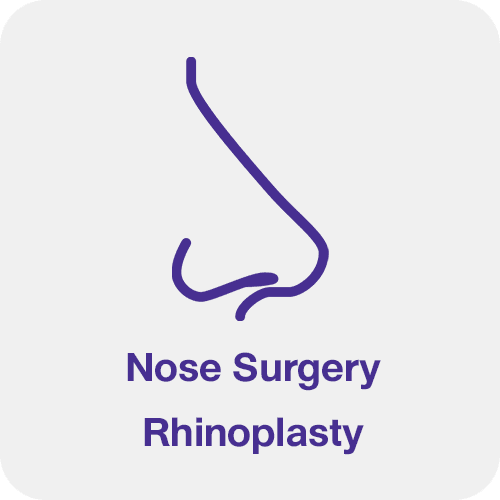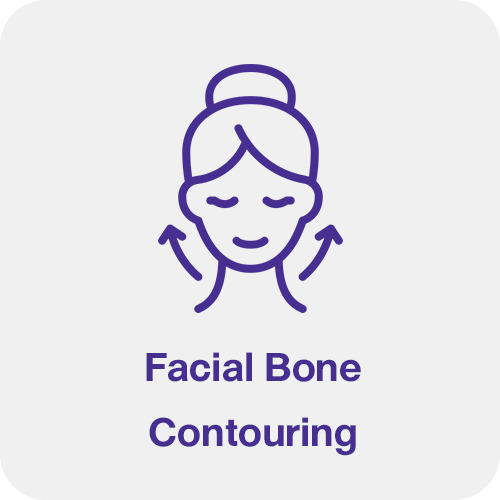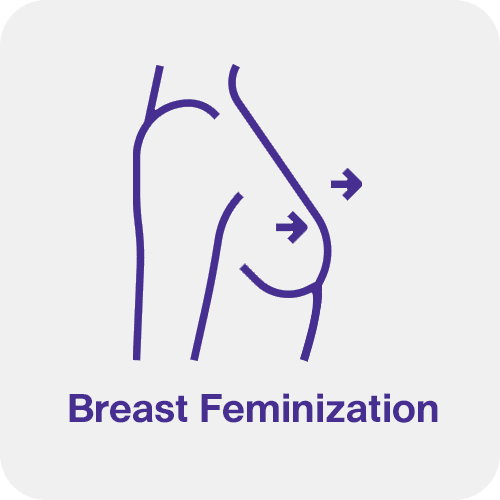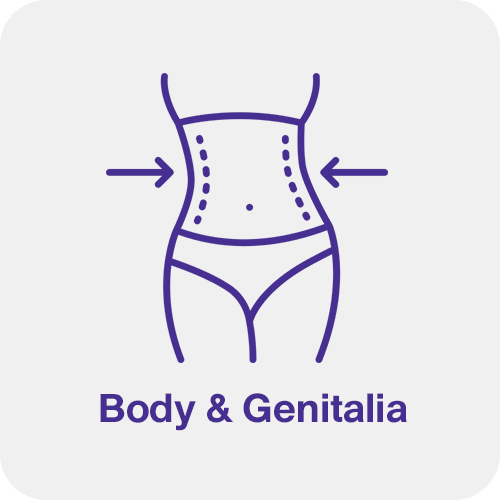Everything You Need to Know About Double Eyelid Surgery: Incisional vs. Suture Techniques
Introduction
Are you considering double eyelid surgery? This popular cosmetic procedure, known as blepharoplasty, aims to create a defined crease in the upper eyelid, enhancing the eyes’ appearance by making them look larger and more awake. With two primary techniques available – incisional and suture – understanding the differences can help you make an informed decision. Let’s dive into the details of each method.
What is Double Eyelid Surgery?
Double eyelid surgery involves creating a visible crease in the upper eyelid, a feature desired by many for aesthetic and functional reasons. The two main techniques are incisional and suture, each with its unique process, benefits, and considerations.
Incisional Technique
The incisional technique is a surgical method that involves making a small incision along the desired crease line of the eyelid. Here’s a closer look:

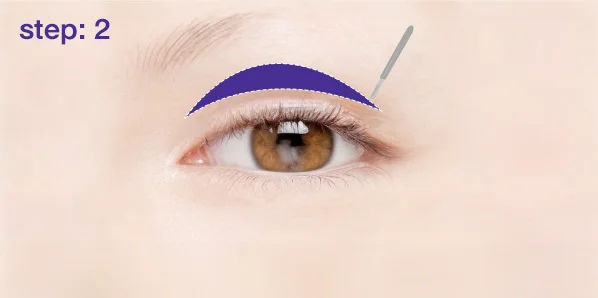
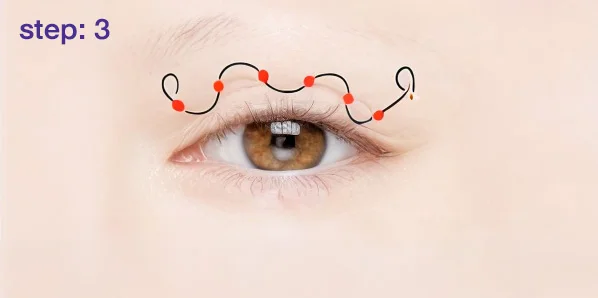
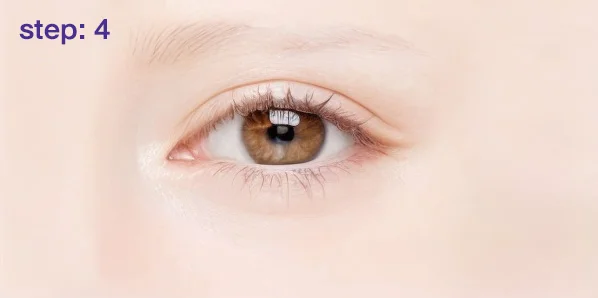
-
Procedure:
- Marking the Eyelid: The surgeon marks the desired crease line.
- Making the Incision: A small incision is made along the marked line.
- Removing Excess Tissue: Fat, muscle, and skin may be removed to create a defined crease.
- Suturing: The incision is closed with sutures.
-
Advantages:
- Permanent Results: Long-lasting and stable outcomes.
- Customization: Highly customizable to fit individual preferences.
- Suitable for Various Eyelid Types: Effective for patients with thick or droopy eyelids.
-
Considerations:
- Recovery Time: Longer recovery period (1-2 weeks).
- Scarring: Small risk of visible scarring, which typically fades over time.
Suture Technique
Also known as the non-incisional or stitching method, the suture technique creates a crease without cutting the skin. Here’s what you need to know:
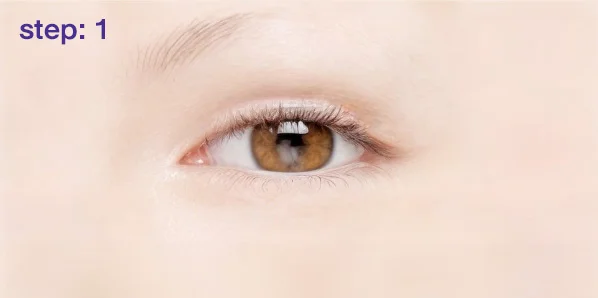
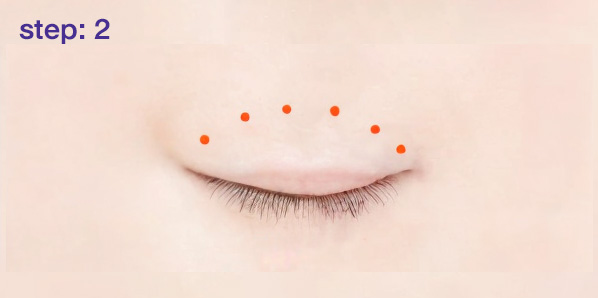
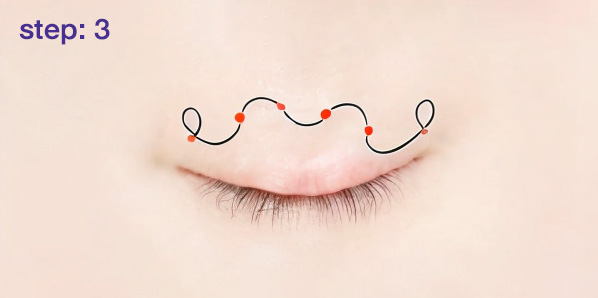
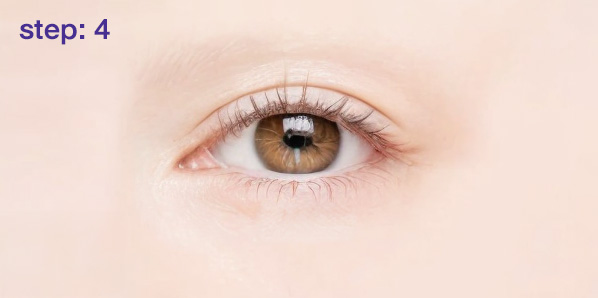
-
Procedure:
- Marking the Eyelid: The surgeon marks the desired crease points.
- Inserting Sutures: Sutures are passed through these points.
- Creating the Crease: The sutures are tightened to form the crease.
-
Advantages:
- Minimal Invasiveness: Less trauma to the eyelid.
- Shorter Recovery Time: Faster recovery, usually within a few days to a week.
- Reversibility: If needed, sutures can be removed.
-
Considerations:
- Durability: May not be as long-lasting as the incisional method; the crease may loosen over time.
- Limited Customization: Less flexibility in adjusting the crease’s height and shape.
Which Technique is Right for You?
Choosing between the incisional and suture techniques depends on several factors, including your eyelid anatomy, desired outcome, and recovery time tolerance. Here’s how to decide:
- Long-Term Results: If you seek permanent results and have thicker or droopier eyelids, the incisional technique might be more suitable.
- Quick Recovery: If you prefer a less invasive procedure with quicker recovery, the suture technique could be better.
- Consultation: Always consult with a qualified plastic surgeon who can assess your specific needs and recommend the best approach.
Conclusion
Both the incisional and suture techniques for double eyelid surgery offer distinct advantages. By understanding these differences, you can make an informed decision aligned with your aesthetic goals and lifestyle. Contact our expert surgeons today for a personalized consultation to determine the best method for achieving your desired double eyelid effect.



